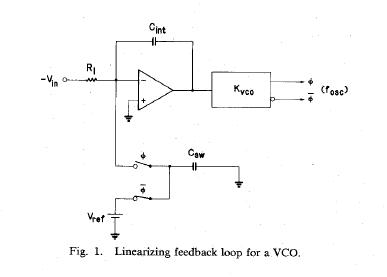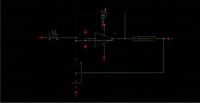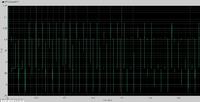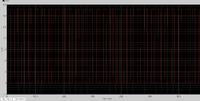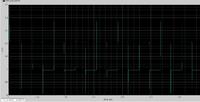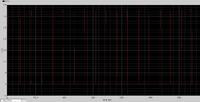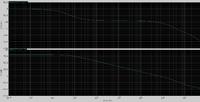sk.shawn
Junior Member level 3
Dear all,

I'm seriously having problems with this circuit (as attached) that I'm designing at the moment. The topology is based on a paper reported in solid state journal and the working principle is to linearize my open loop VCO by negative feedback using a switched capacitor network that is acting as a frequency to voltage converter (FVC).
The issue is can Vin be a DC signal? As soon as I feed a DC input, the opamp output is immediately saturated. I'm just all confused about the type of input signal that should be fed. Ultimately, the range of voltage that I would like to have at the opamp output is 1.2V to 2.2V which I have no idea of how to achieve this.
I have tested all individual blocks separately and they are all working (opamp, FVC, open loop VCO). I feel that it could be just some minor thing that I need to get it figured out. So, I'm hoping someone here can shine some light to assist me.
P.S Vin is a negative input.
Sorry for the long type. Any help is appreciated greatly.
Thanks a million.
Regards,
Shawn

I'm seriously having problems with this circuit (as attached) that I'm designing at the moment. The topology is based on a paper reported in solid state journal and the working principle is to linearize my open loop VCO by negative feedback using a switched capacitor network that is acting as a frequency to voltage converter (FVC).
The issue is can Vin be a DC signal? As soon as I feed a DC input, the opamp output is immediately saturated. I'm just all confused about the type of input signal that should be fed. Ultimately, the range of voltage that I would like to have at the opamp output is 1.2V to 2.2V which I have no idea of how to achieve this.
I have tested all individual blocks separately and they are all working (opamp, FVC, open loop VCO). I feel that it could be just some minor thing that I need to get it figured out. So, I'm hoping someone here can shine some light to assist me.
P.S Vin is a negative input.
Sorry for the long type. Any help is appreciated greatly.
Thanks a million.
Regards,
Shawn
